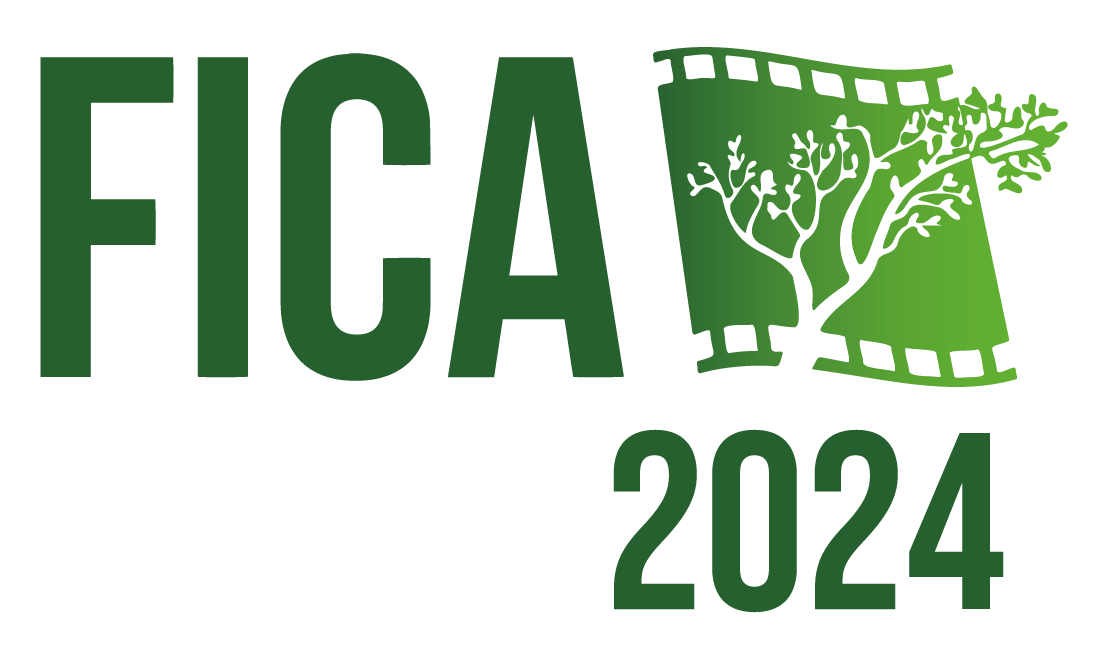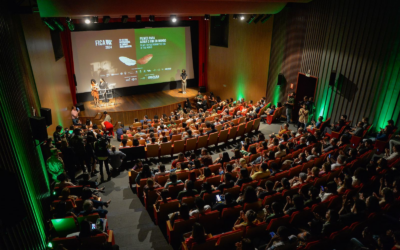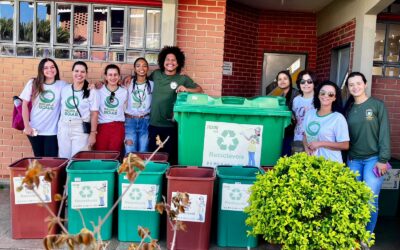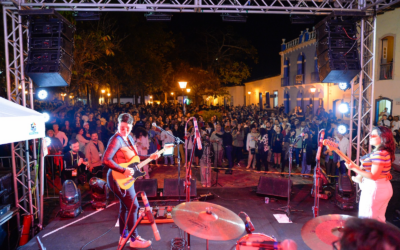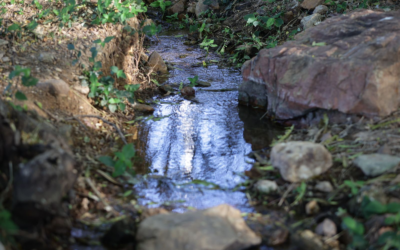The festival's second official poster features a watercolor entitled “The Path is the writing that nature tells”. The artist's work explores the human connection with the earth.
The artist from Goiás Sallisa Rosa will be honored at the 25th edition of the International Environmental Film and Video Festival (Fica), which takes place between the 11th and 16th of June in the city of Goiás. Every year, the festival celebrates artists from Goiás, including Siron Franco, Elder Rocha Lima, Marcelo Solá, Pitágoras, among others, have already been included.
Fica is carried out by the Government of Goiás, through the State Secretariat for Culture (Secult), in co-organization with the Federal University of Goiás (UFG), through the Educational Radio and Television Foundation (RTVE).
One of the elements that make up the tribute is the creation of a second version of the festival's official poster using as a reference a work nominated by the honored artist. According to Pedro Novaes, Fica's programming director, criteria such as the selection of an artist from a younger generation and of black or indigenous origin guided Sallisa Rosa's choice.
“This year we made a reflection to honor an artist from a younger generation, but who had a solid and recognized trajectory. We also put as a criterion that, possibly, she was an artist of black or indigenous origin and we had already known Salisa Rosa's work for some time. She is a well-known artist in Brazil and abroad, with works and solo exhibitions in some of the main Brazilian and relevant museums abroad. So we understood that it had everything to do with it”, explains Pedro.
Sallisa's work brings reflections on indigenous issues and also on environmental issues. Fica's second official poster is a watercolor entitled “Caminho is the writing that nature tells”, and is part of a series of three compositions by the artist that was published in the international magazine Art Review Magazine, for which the artist was invited to participate in a special edition about Brazil. “I think this drawing brings a lot of references to Goiás, like these termite mounds, which resemble sculptures, but with a more fictional future, something more dreamlike, perhaps”, he says.
The artist, who is currently doing an artistic residency in Amsterdam, in the Netherlands, also remembers the moments in the city of Goiás during the festival and highlights the feeling of being honored in this edition: “It's very special, I didn't expect it, because I think that a lot of people know a lot of male artists from the Midwest. So I think it's important that a woman artist is honored in life, and also because both Fica and the city of Goiás are special to me, because they are part of my life. For many years, during my adolescence, I attended the festival and the city, so I learned a lot, it was a place of many exchanges too”.
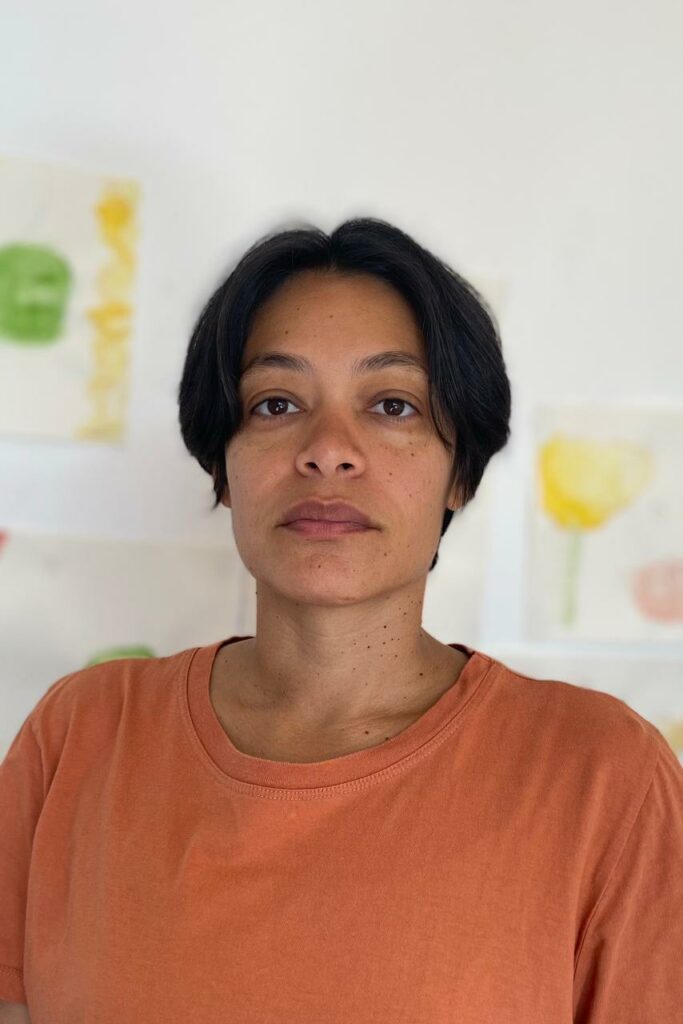
Sallisa Rosa
Sallisa Rosa is from Goiânia and is doing an artistic residency at the Rijksakademie, in Amsterdam. He works with art as a path based on intuitive experiences linked to fiction, territory and nature. Furthermore, it focuses on the themes of memory and forgetting and strategies for creating the future.
The artist has a special interest in creating large-format installations in public and institutional spaces. Sallisa works with the earth in various materials, such as planting, clay and ceramics, and also moves between photography and video, performance and, more recently, drawings.
Currently, Sallisa Rosa occupies Galeria Praça, at Pinacoteca, in São Paulo, with her first large installation composed mainly of ceramic sculptures, addressing issues linked to memory, ancestry, landscape and land erosion. The installation was initially exhibited in December, at the Collins Park Rotunda, in Miami.
Multicultural event
Fica 2024 has a vast free program, with competitive exhibitions, debates with big names in national and international cinema, environmental activities and cultural attractions.
The festival is supported by the Goiás Social program; of the State Secretariats for Resumption; of Science, Technology and Innovation (Secti); and Environment and Sustainable Development (Semad); Saneago; State University of Goiás (UEG), Federal Institute of Goiás (IFG); Social Service of Commerce (Sesc) and City Hall of the city of Goiás. This year the event also has as supporters the United Nations Educational, Scientific and Cultural Organization (Unesco), National Foundation of Indigenous Peoples (Funai), Fundação Oswaldo Cruz (Fiocruz), Grupo Kelldrin and Saga BYD.
